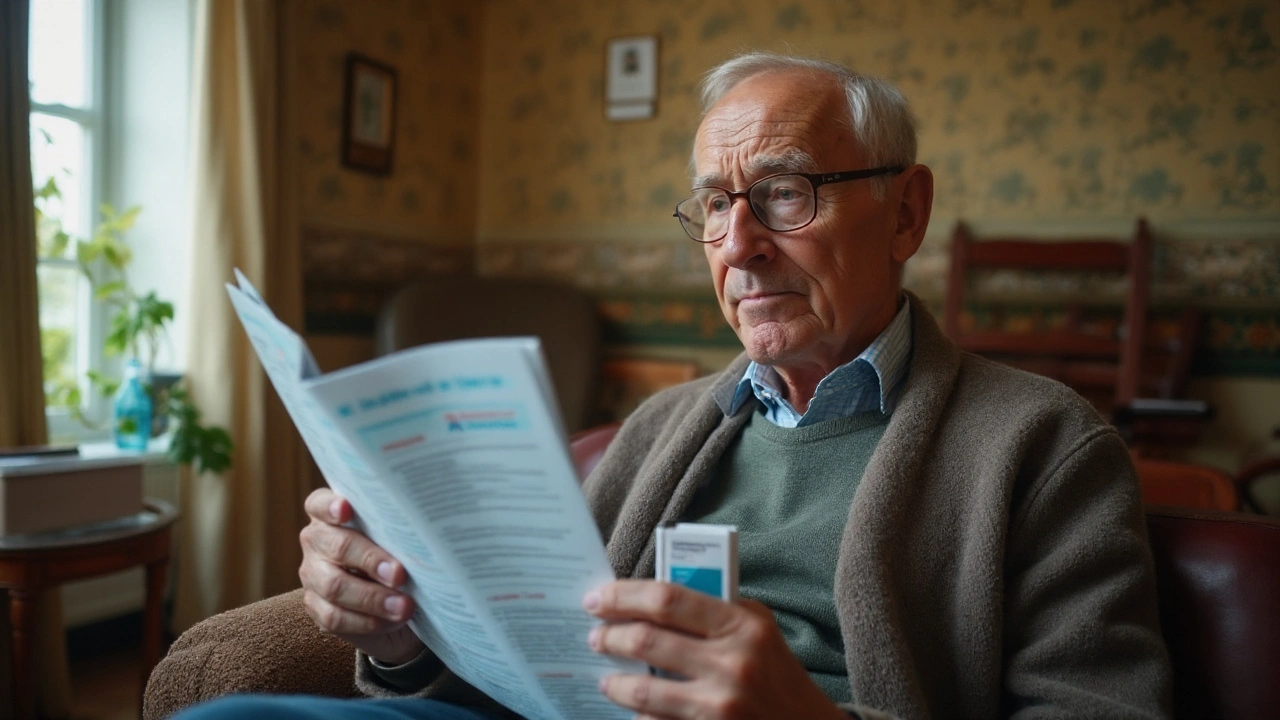Eye pressure: what it means and what to do
High eye pressure is the main risk for glaucoma - and it can steal vision before you notice it. If you've been told your eye pressure is high, you probably have questions. This page gives clear, practical steps: what causes pressure to rise, how it's checked, when to act, and simple things you can do now to protect your eyes.
How eye pressure is measured
Doctors measure intraocular pressure (IOP) with a quick test called tonometry. You might get a puff of air, or a gentle contact test after numbing drops. Normal IOP usually sits between 10 and 21 mm Hg, but one number alone doesn't tell the whole story. Your optic nerve health, cornea thickness, and family history also matter. That's why eye doctors look at pressure trends over time, not a single reading.
Common causes and risk factors
Pressure rises when the eye's drainage system slows or fluid production increases. Age, family history of glaucoma, thin corneas, nearsightedness, and certain steroids raise risk. Diabetes and high blood pressure can also play a part. Some people have "ocular hypertension" - high pressure without nerve damage. Others have normal-pressure glaucoma, where damage happens even with normal readings.
Symptoms are often subtle. You may have no pain or changes early on. Later signs include loss of side vision, blurred sight, halos around lights, or headaches with eye ache. Because early stages can be silent, regular eye exams matter, especially if you're over 40 or have risk factors.
Treatment aims to lower pressure and protect the optic nerve. Eye drops are the first step for most people. Common classes include prostaglandin analogs, beta-blockers, carbonic anhydrase inhibitors, and alpha agonists. Your doctor may try one or combine drops to reach a target pressure. If drops don't work, laser therapy or surgery can improve drainage and lower pressure more permanently.
Small lifestyle steps help too. Stay active with regular walking or swimming - exercise can lower eye pressure modestly. Avoid routines that spike pressure, like head-down yoga positions or heavy weightlifting without breath control. Cut back on caffeine if you're sensitive, and skip nonprescription steroid eye drops unless a doctor recommends them.
Keep a record. Bring a list of your eye pressure readings, medications, and symptoms to appointments. If your pressure is fluctuating, note when readings were taken and what you were doing. Ask your eye doctor for a target IOP and how often you should be checked. If vision changes quickly, new pain appears, or light halos increase, seek care promptly.
If surgery is recommended, ask about recovery time, risks, and realistic vision goals. Getting a second opinion is reasonable. Many newer procedures offer faster recovery and fewer drops afterward. Bring a trusted friend to appointments when possible.
Eye pressure can be managed. With timely checks, the right treatment, and small daily choices, most people keep useful vision. Talk openly with your eye doctor about risks and options so you can pick the right plan for you.
- July 31, 2025
- Comments 18
- Medications and Supplements

